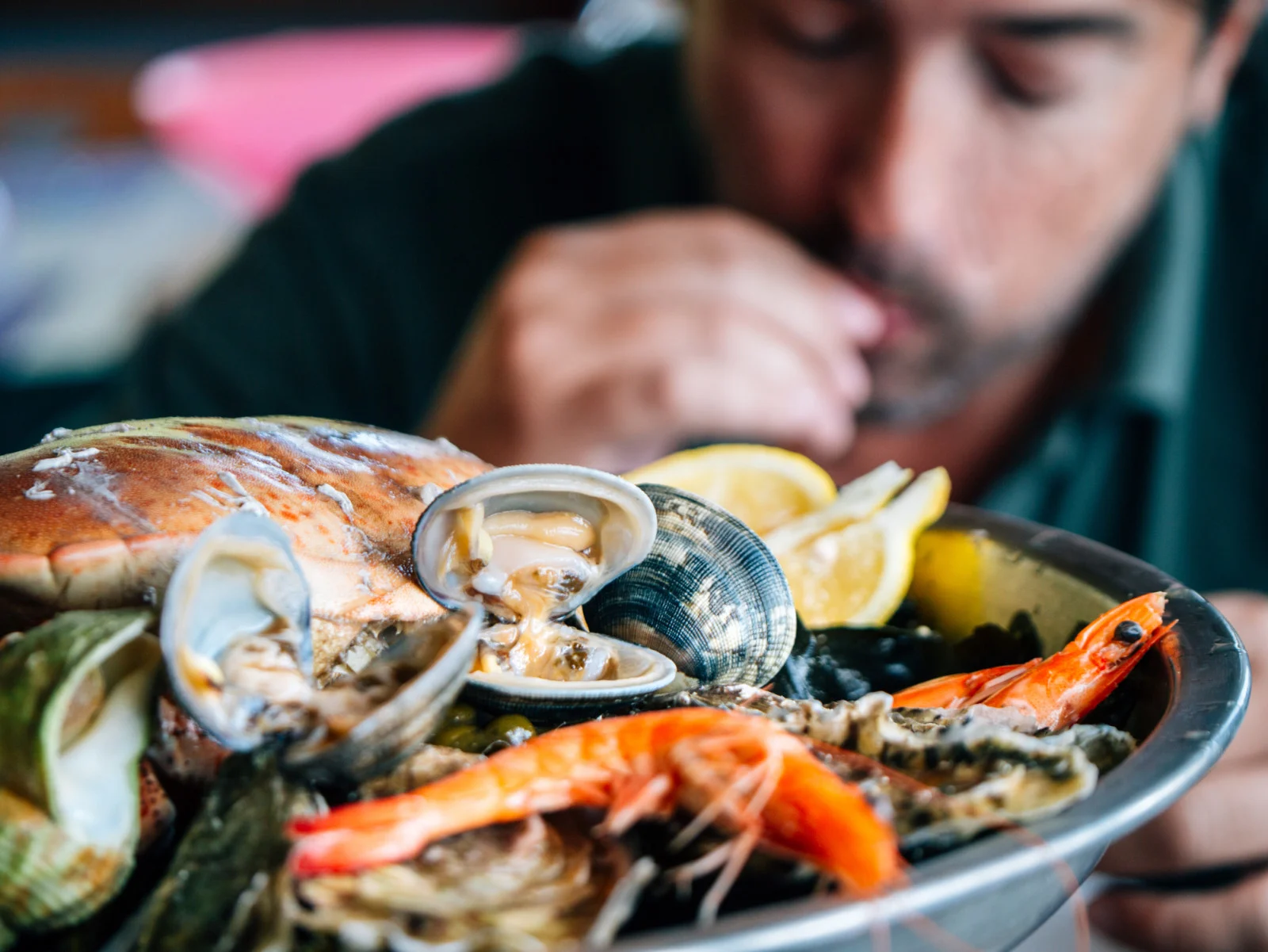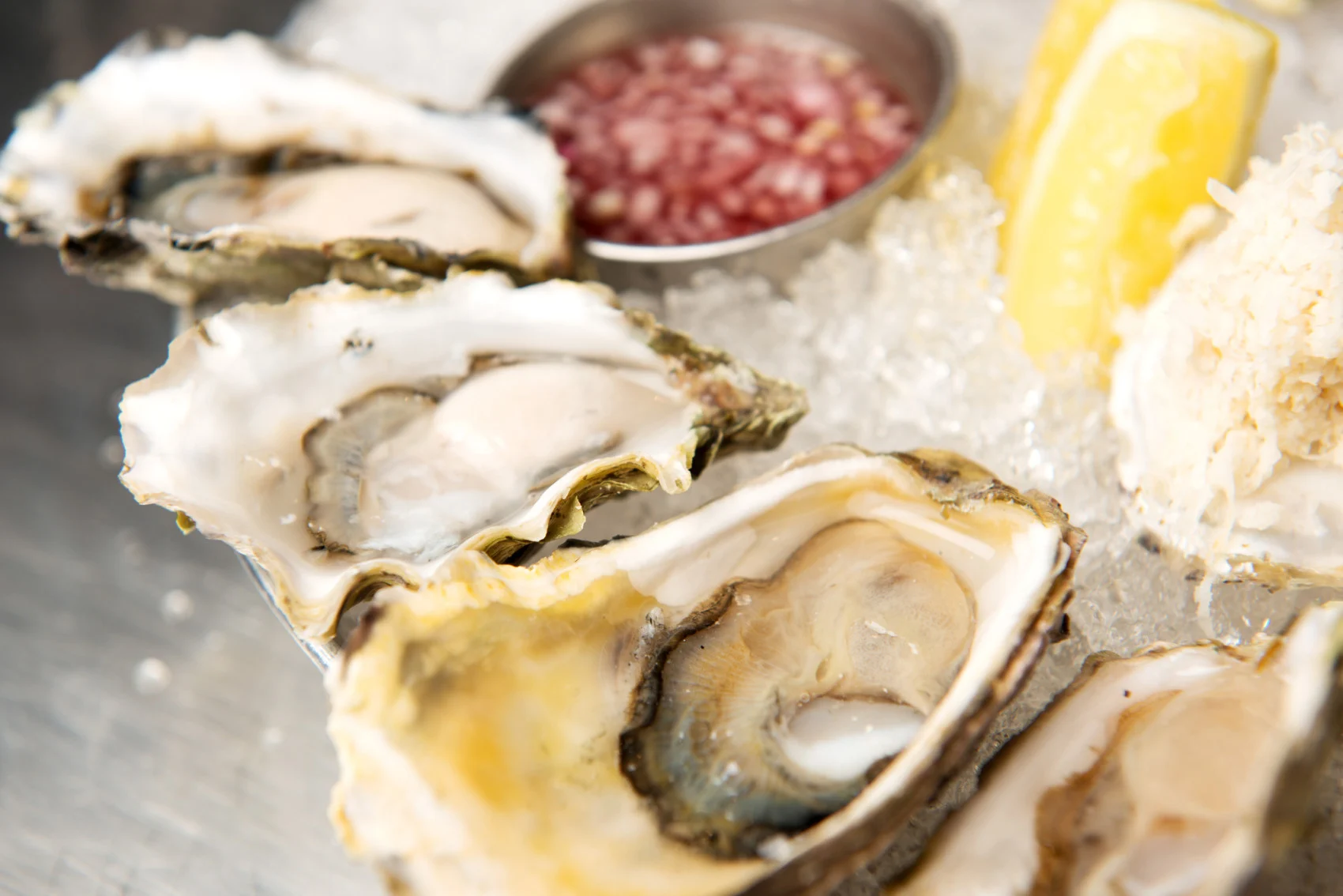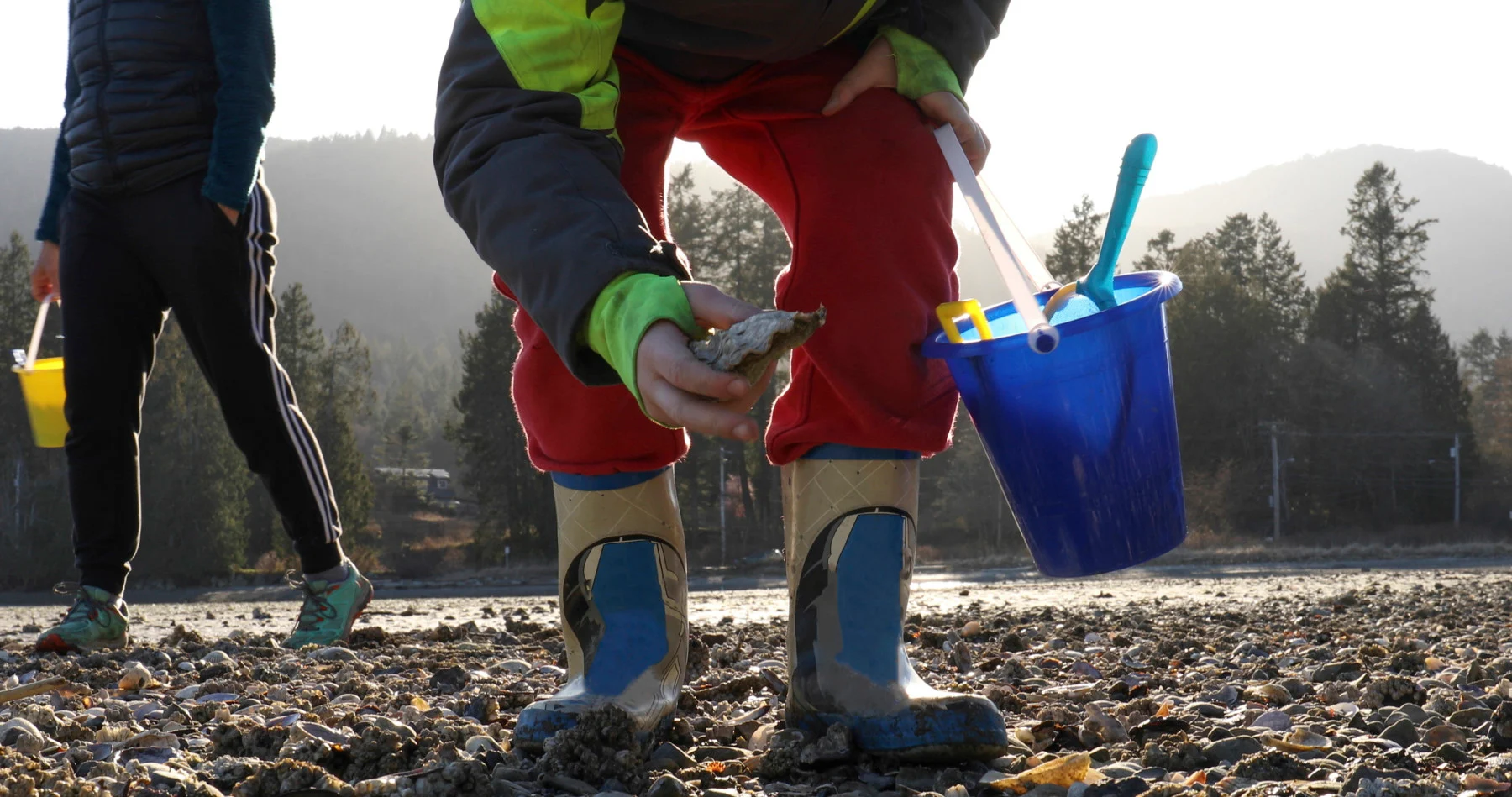
Food poisoning from marine toxins could be on the rise in Canada, CFIA warns
Changes in temperature, heavy rainfall, and plankton blooms are factors that could stimulate the growth of toxins that cause food poisoning.
Food poisoning from contaminated shellfish could soon be on the rise in Canada and experts say that warming global temperatures are partly to blame.
Some species of marine algae produce toxins that contaminate seafood and cause consumers to fall ill with paralytic shellfish poisoning (PSP). The reason that climate change is influencing the prominence of these toxins is because algal growth is favoured by warmer waters and higher levels of carbon dioxide.
Vibrio parahaemolyticus (Vp) is a naturally occurring bacterium that exists in coastal waters, including areas where bivalve molluscan shellfish grow, and is of particular interest to the Canadian Food Inspection Agency (CFIA). Illness related to Vp may occur after people eat raw or undercooked contaminated seafood products, including raw oysters.
“Bivalve molluscan shellfish such as oysters, clams, cockles, scallops, and mussels are filter feeders. This means that they strain seawater to collect the food they eat. If high concentrations of Vp are present in the water, or if Vp multiplies in bivalve shellfish that are not kept cold during and after harvest, illness can occur if the shellfish are undercooked or eaten raw,” CFIA explained to The Weather Network.

Oyster platter at Whistler's Bearfoot Bistro restaurant in Whistler, British Columbia. (David Buzzard/ Moment/ Getty Images)
Symptoms of PSP could take up to ten hours to appear, but could also begin within minutes of consumption. The main symptoms include a tingling sensation or numbness in the face and neck that can spread to the fingers and toes, drowsiness, headache, dizziness, and difficulty swallowing. In the most severe cases, muscles of the chest and abdominal muscles can become paralyzed and suffocation could result in death.
The CFIA says that those facing the highest risk of PSP are seafood consumers in Canada, particularly in British Columbia and other coastal communities.
Monitoring programs run by the CFIA are the main strategy used to manage marine biotoxins in Canada through regular shellfish sampling. If rising biotoxin levels are discovered, the CFIA can increase sampling to collect more data and can even recommend the closure of a harvesting area for several days until the sampling indicates a downward trend in toxicity levels.
WATCH BELOW: Marine viruses might be an untapped carbon capture resource
The Agency states that although there is currently a stable year-over-year trend of cases of Vp associated with consuming bivalve molluscan shellfish in Canada, stringent monitoring is essential to keep seafood consumers safe.
“Vp levels in shellfish harvest waters may be influenced by temperature, heavy rainfall, flood or plankton blooms, which can all be influenced by climate change. Regardless of environmental factors, validated controls are in place so that food safety guidelines are met,” the CFIA said.

A child searches for oysters on a tidal flat in British Columbia. (Ascent/PKS Media Inc./ Photodisc/ Getty Images)
There are several initiatives that are studying the influence that changing environmental temperatures have on Vp populations. One of these projects is the Unified Pathogen Control One Health Approach Specifically Targeting Vibrio (UPCOAST-V), a collaboration between CFIA, UBC, Genome BC, and the BC Centre for Disease Control.
UPCOAST-V states that global warming and changes in post-harvest handling procedures have contributed to a rise in Vp in B.C. over the past ten years and spiked in 2015 when a large outbreak occurred. Hundreds of people became ill with Vp, which prompted a temporary ban on B.C. restaurants serving raw oysters.
The temporary ban caused significant disruptions in the shellfish industry and UPCOAST-V states that “better tools are needed to detect outbreaks early, limit economic disruption, and prevent human disease.” Some of the work that this group does includes genomic sequencing to study Vp behaviour over the past 20 years to monitor information such as antibiotic resistance indicators and how the toxin is interacting with the environment.
See below for safety recommendations from the CFIA:
Only shellfish harvested from open areas should be consumed.
Purchase shellfish only from suppliers you trust and those who have harvested from open areas.
Once you get them home, shellfish should be refrigerated or frozen until they're ready to be eaten. Be mindful that cooking bivalve shellfish does not destroy the toxins that cause illnesses such as PSP.
Anyone who feels ill after eating bivalve shellfish should immediately seek medical attention.
Thumbnail image: Rafael Elias/ Moment/ Getty Images












